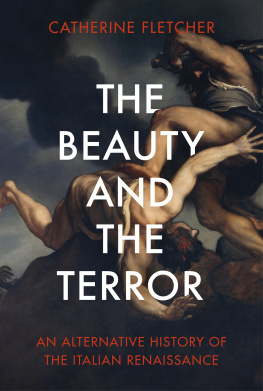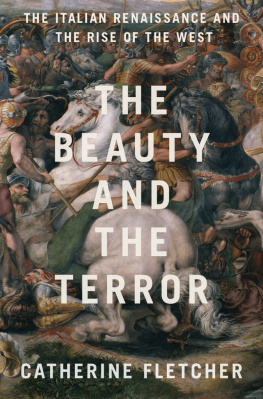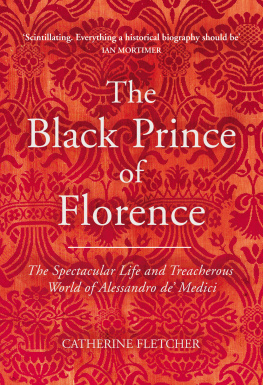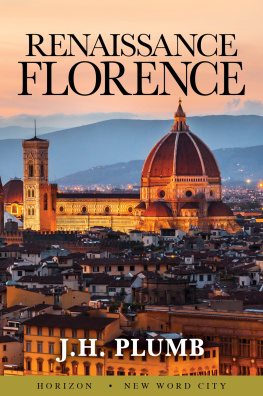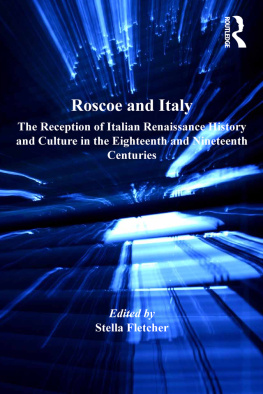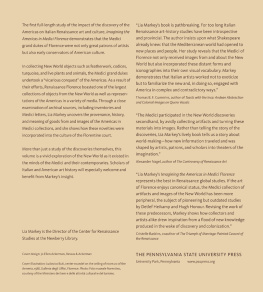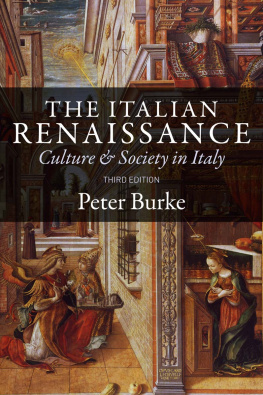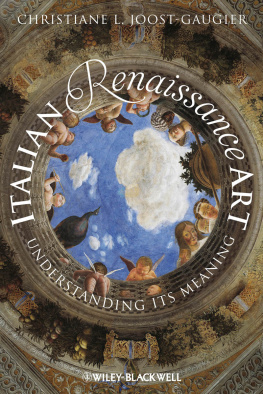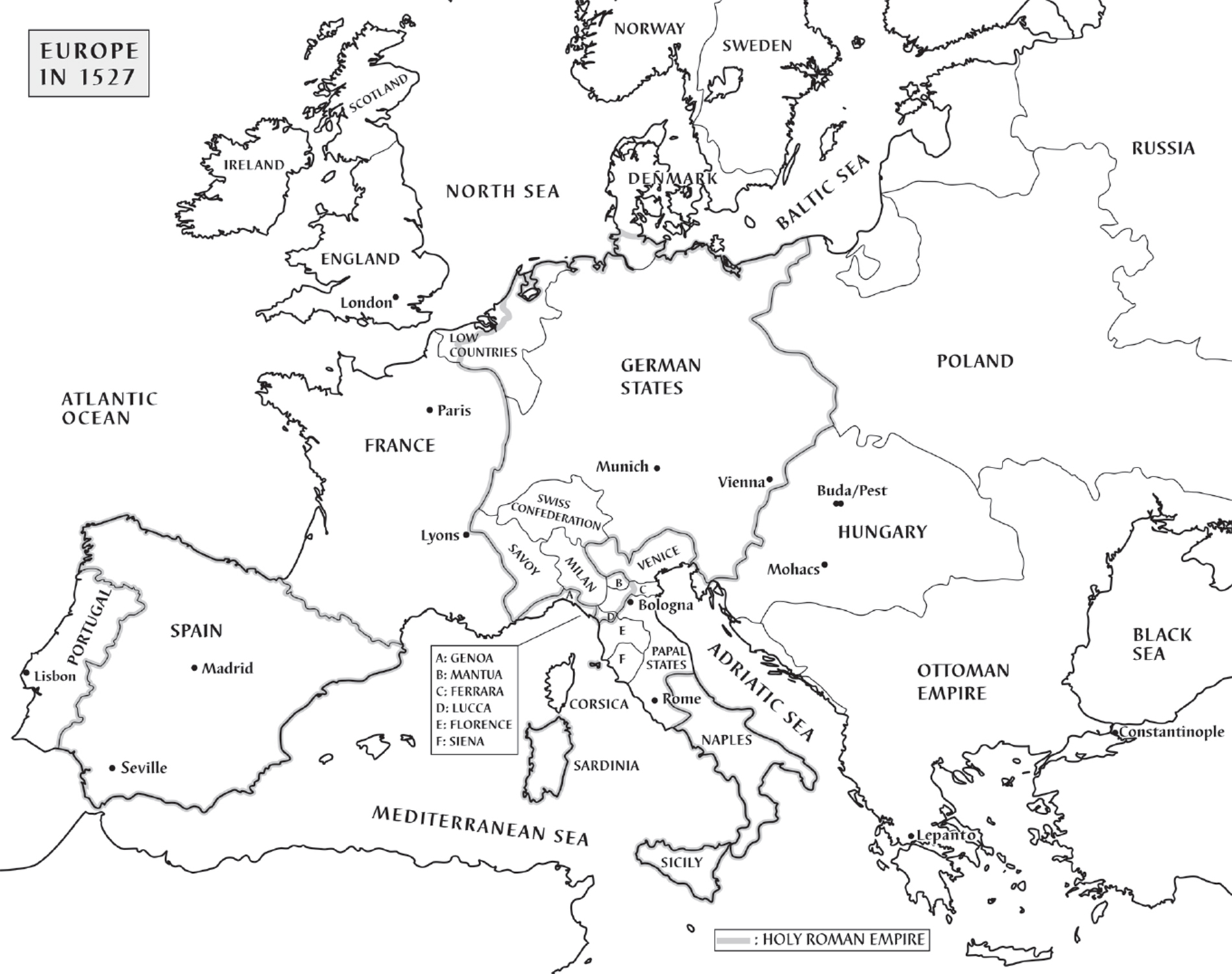Catherine Fletcher - The Beauty and the Terror: An Alternative History of the Italian Renaissance
Here you can read online Catherine Fletcher - The Beauty and the Terror: An Alternative History of the Italian Renaissance full text of the book (entire story) in english for free. Download pdf and epub, get meaning, cover and reviews about this ebook. year: 2021, publisher: Vintage, genre: History. Description of the work, (preface) as well as reviews are available. Best literature library LitArk.com created for fans of good reading and offers a wide selection of genres:
Romance novel
Science fiction
Adventure
Detective
Science
History
Home and family
Prose
Art
Politics
Computer
Non-fiction
Religion
Business
Children
Humor
Choose a favorite category and find really read worthwhile books. Enjoy immersion in the world of imagination, feel the emotions of the characters or learn something new for yourself, make an fascinating discovery.
- Book:The Beauty and the Terror: An Alternative History of the Italian Renaissance
- Author:
- Publisher:Vintage
- Genre:
- Year:2021
- Rating:4 / 5
- Favourites:Add to favourites
- Your mark:
The Beauty and the Terror: An Alternative History of the Italian Renaissance: summary, description and annotation
We offer to read an annotation, description, summary or preface (depends on what the author of the book "The Beauty and the Terror: An Alternative History of the Italian Renaissance" wrote himself). If you haven't found the necessary information about the book — write in the comments, we will try to find it.
The Italian Renaissance shaped western culture but it was far stranger and darker than many of us realise.
We revere Leonardo da Vinci for his art but few now appreciate his ingenious designs for weaponry. We know the Mona Lisa for her smile but not that she was married to a slave-trader. We visit Florence to see Michelangelos David but hear nothing of the massacre that forced the republics surrender. In focusing on the Medici in Florence and the Borgias in Rome, we miss the vital importance of the Genoese and Neapolitans, the courts of Urbino and Mantua. Rarely do we hear of the women writers, Jewish merchants, the mercenaries, engineers, prostitutes, farmers and citizens who lived the Renaissance every day.
In fact, many of the most celebrated artists and thinkers that have come to define the Renaissance Leonardo and Michelangelo, Raphael and Titian, Machiavelli and Castiglione emerged not during the celebrated rebirth of the fifteenth century but amidst the death and destruction of the sixteenth century. For decades, a series of savage wars dominated Italys political, economic and daily life, generating fortunes and new technologies, but also ravaging populations with famine, disease and slaughter. In this same short time, the birth of Protestantism, Spains colonisation of the Americas and the rise of the Ottoman Empire all posed grave threats to Italian power, while sparking debates about the ethics of government and enslavement, religious belief and sexual morality.
In The Beauty and the Terror, Catherine Fletcher provides an enrapturing narrative history that brings all of this and more into view. Brimming with life, it takes us closer than ever before to the lived reality of this astonishing era and its meaning for today.
Catherine Fletcher: author's other books
Who wrote The Beauty and the Terror: An Alternative History of the Italian Renaissance? Find out the surname, the name of the author of the book and a list of all author's works by series.

